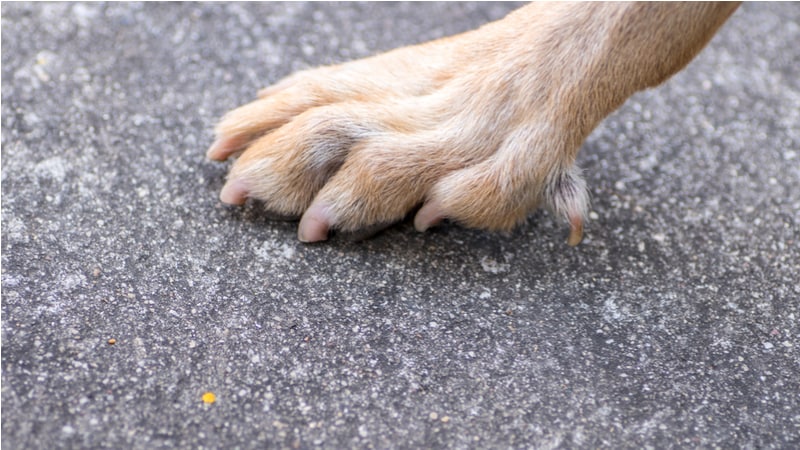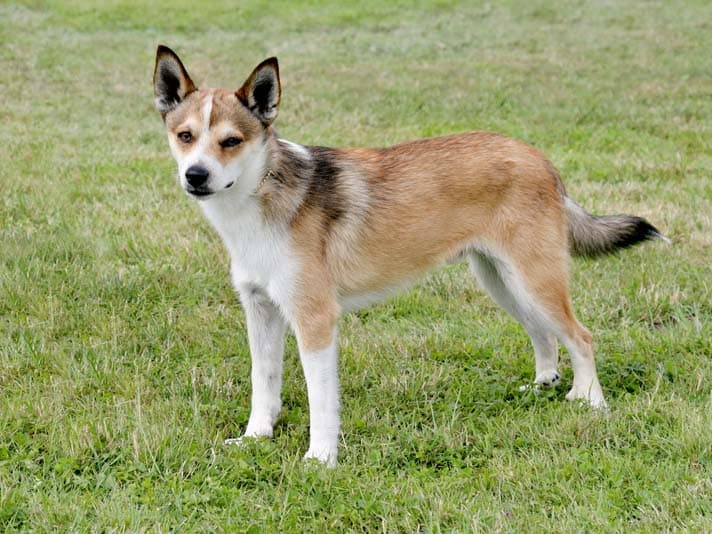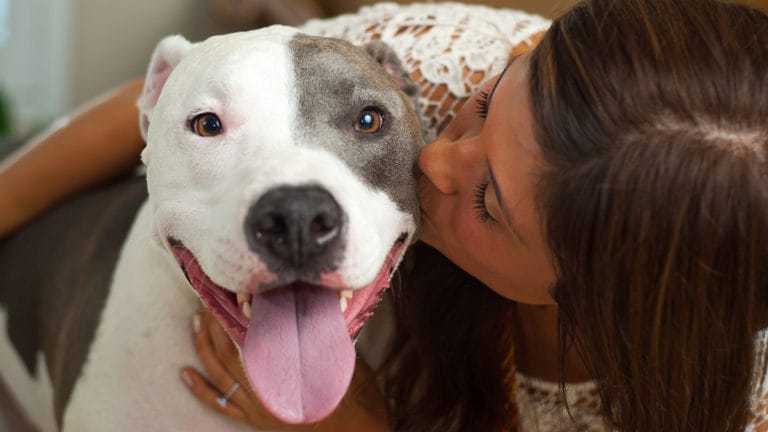Ernest Hemingway had a thing for cats with extra toes. It started by accident: A ship’s captain gave him a white six-toed cat. Visit the Hemingway museum today and you’ll see dozens of cats each with a dozen toes on their front feet. Polydactyl cats, as they’re known, aren’t a particular breed, but the trait is genetically determined. Like cats, dogs normally have five toes on their front feet and four on the rear feet. So are there polydactyl dogs?
Yes! In fact, some breeds, such as the Great Pyrenees and the Norwegian Lundehund (Puffin Dog) require the dog have extra toes.
By the way, if you’re staring at your dog’s front feet and only counting four toes per foot, he’s probably had his fifth toe, commonly called the dewclaw, taken off at birth for a cleaner look or to avoid getting it caught on things. This toe is homologous to our thumb, but unlike our thumb, in many dogs it is loosely attached to the wrist area and doesn’t give the dog much gripping power. The floppy ones can get snagged on fences or hurt running and cause dogs a lot of pain, many breeders removed them by three days of age.
Some breeds, such as Great Pyrenees and several other flock guardian breeds, naturally have one or even two dewclaws on their rear feet as well. They don’t really serve any purpose but are considered part of breed type and are never removed. The trait is due to a non-sex-linked recessive gene, and is technically called hind-limb-specific preaxial polydactyly. Yeah, we’ll call them “rear dewclaws” or if there are two, “double dewclaws.”
Other breeds with rear dewclaws are the:
- Portuguese Sheepdog (single or double),
- Icelandic Sheepdog (double preferred),
- Cao Fila de Sao Miguel (single),
- Saint Bernard, Estrela Mountain Dog (single or double),
- East Siberian Laika, Anatolian Shepherd Dog (double),
- Beauceron (double; they should be close to the foot to provide a larger weight-bearing surface),
- Catalonian Sheepdog’s (double and joined together) and
- Briard’s (double; close to the ground).
But the polydactyl champ is the Norwegian Lundehund, which has at least six toes on each foot. These dogs climbed craggy rocks in search of puffin birds, using their extra toes to help keep a good grip. Unlike other breeds in which extra toes are almost exclusively limited to the rear feet, they occur on all four feet in the Lundehund, and appear to be caused by a totally different gene or genes. The Norwegian Lundehund should have at least six toes and eight pads on the front paws, and five toes should rest on the ground. The rear feet should have at least six toes, four of which should rest on the ground. The toes even have extra joints, said to aid in its climbing dexterity.

The Lundehund has at least six toes on each foot to help with climbing rocks. Via In_deep/Shutterstock
The Lundehund is a rare breed, so rare it has little genetic diversity. Not only does it have enough toes to run out of little piggies going to market, but it’s also the most limber dog in existence, able to spread its front legs to the side like a fisherman expounding on the one that got away, and to touch its head to its back like a teenage gymnast. Nobody knows if these traits could be genetically related. The Lundehund remains one of the most mysterious and threatened of breeds.
By: D. Caroline Coile, Ph.D. Caroline is an award-winning author of 26 books and hundreds of articles about dogs.
Image: Norwegian Lundehund by Shutterstock
Share:









